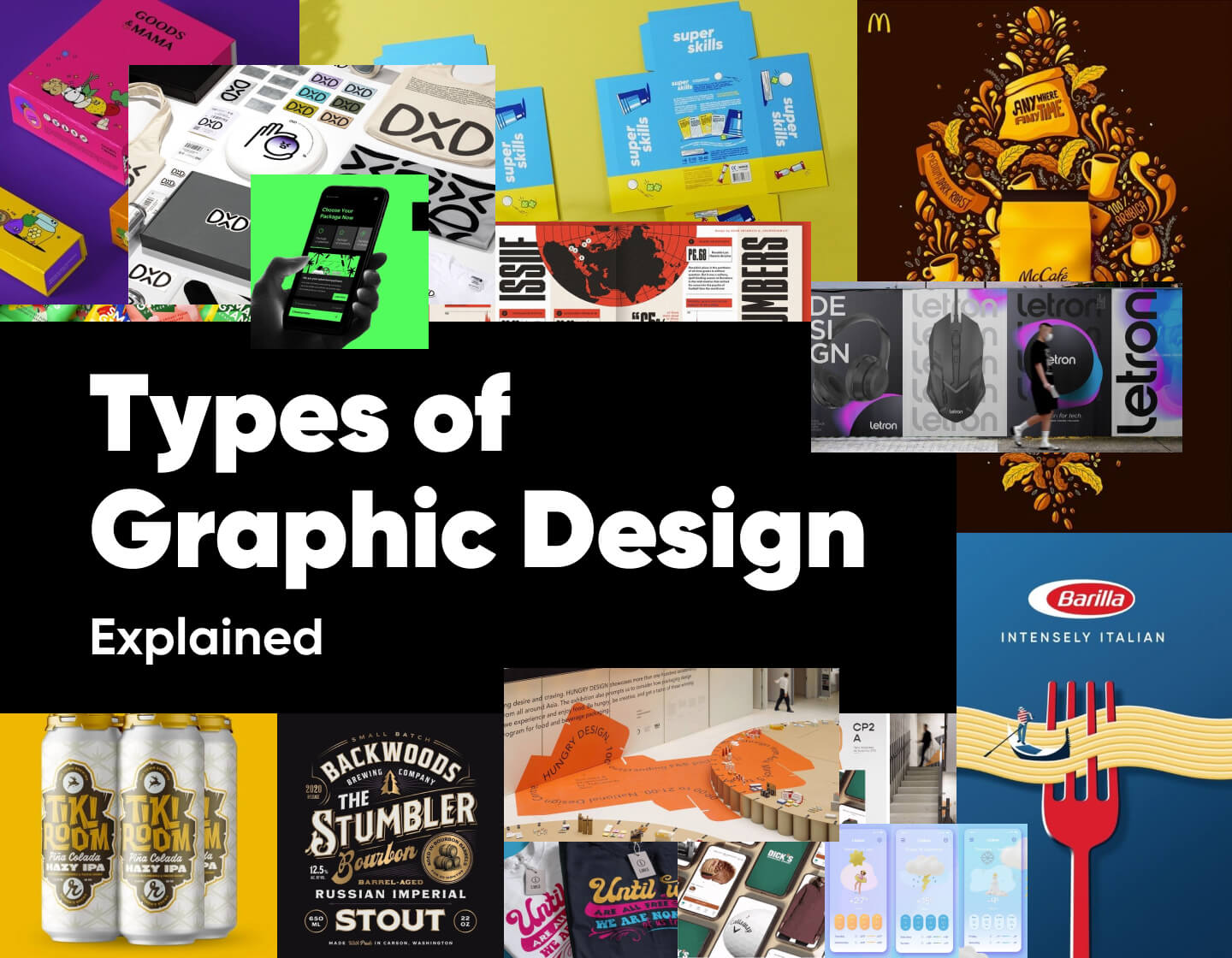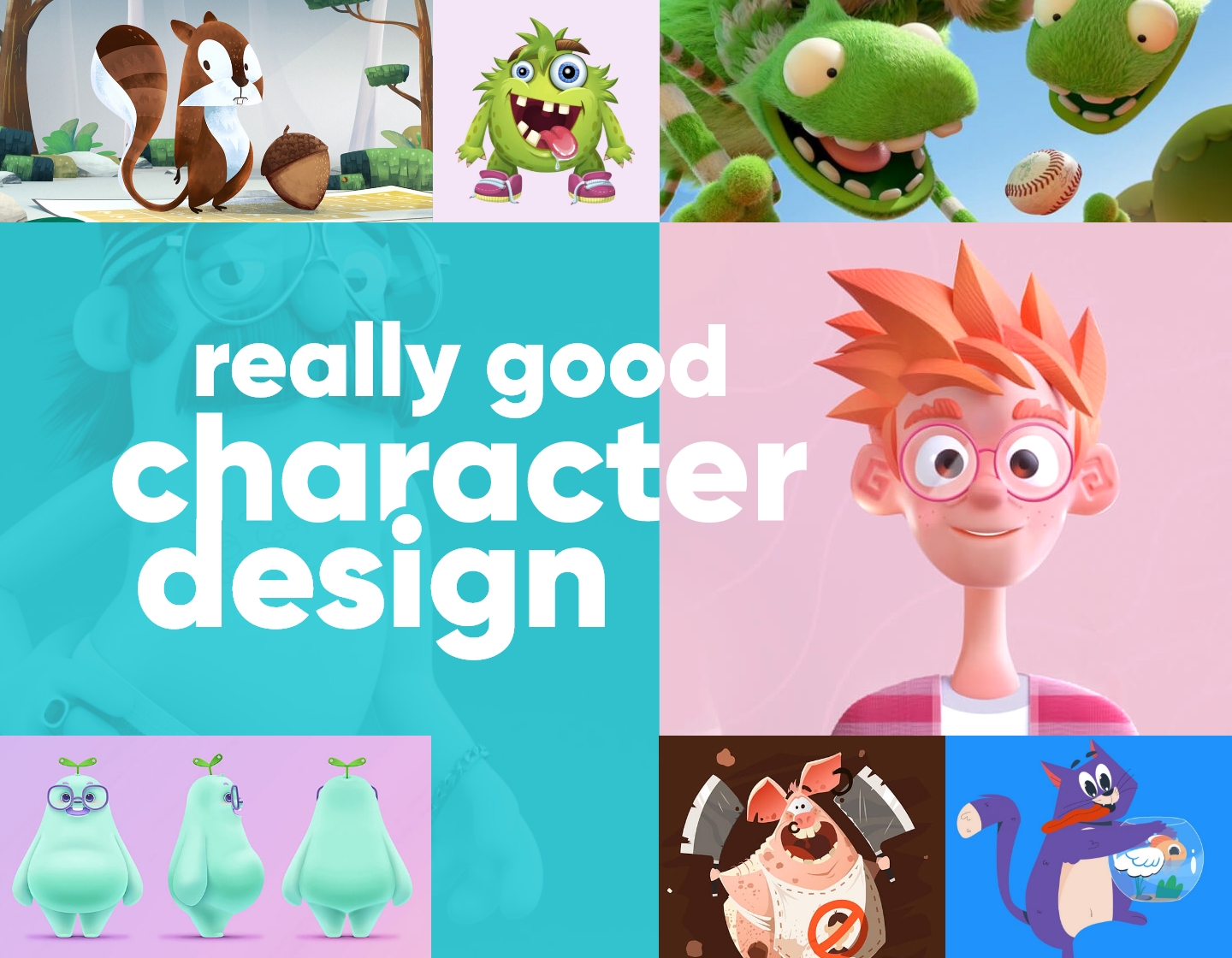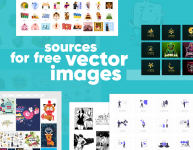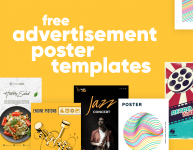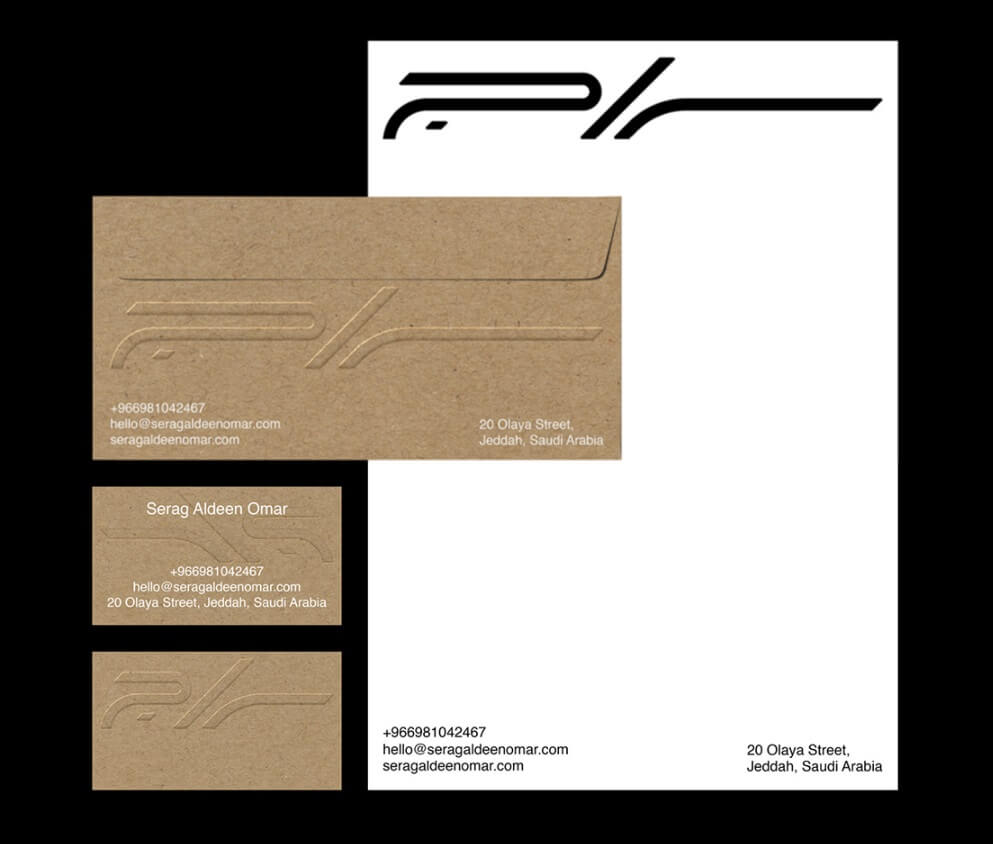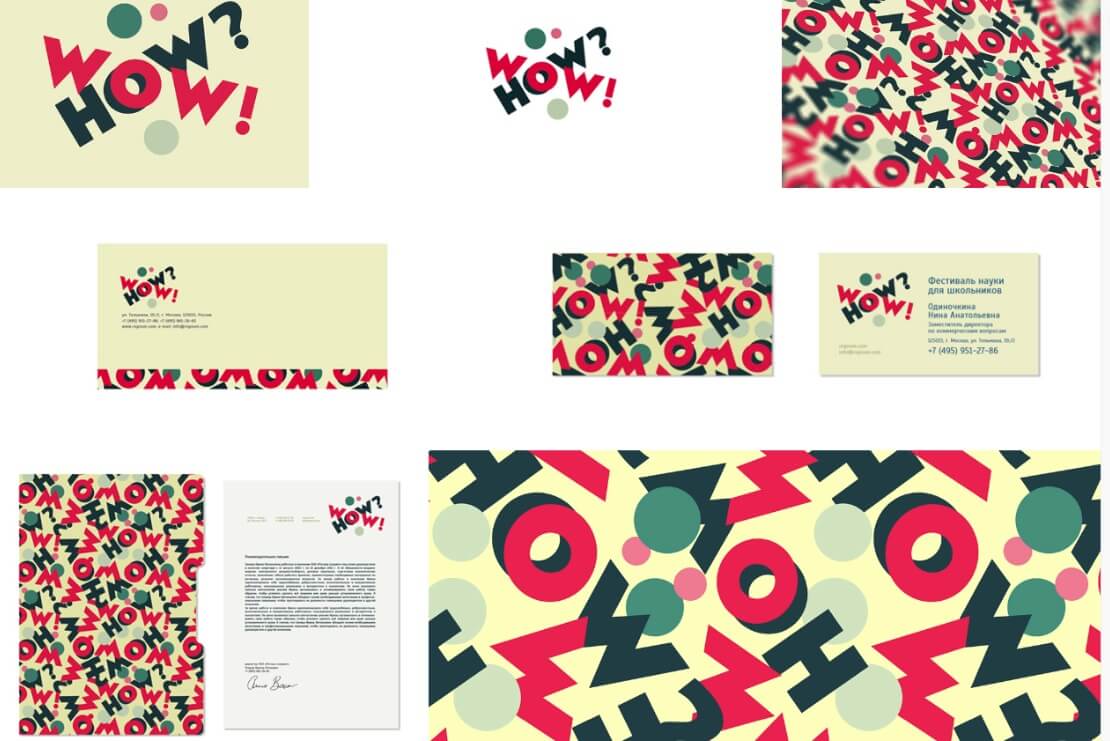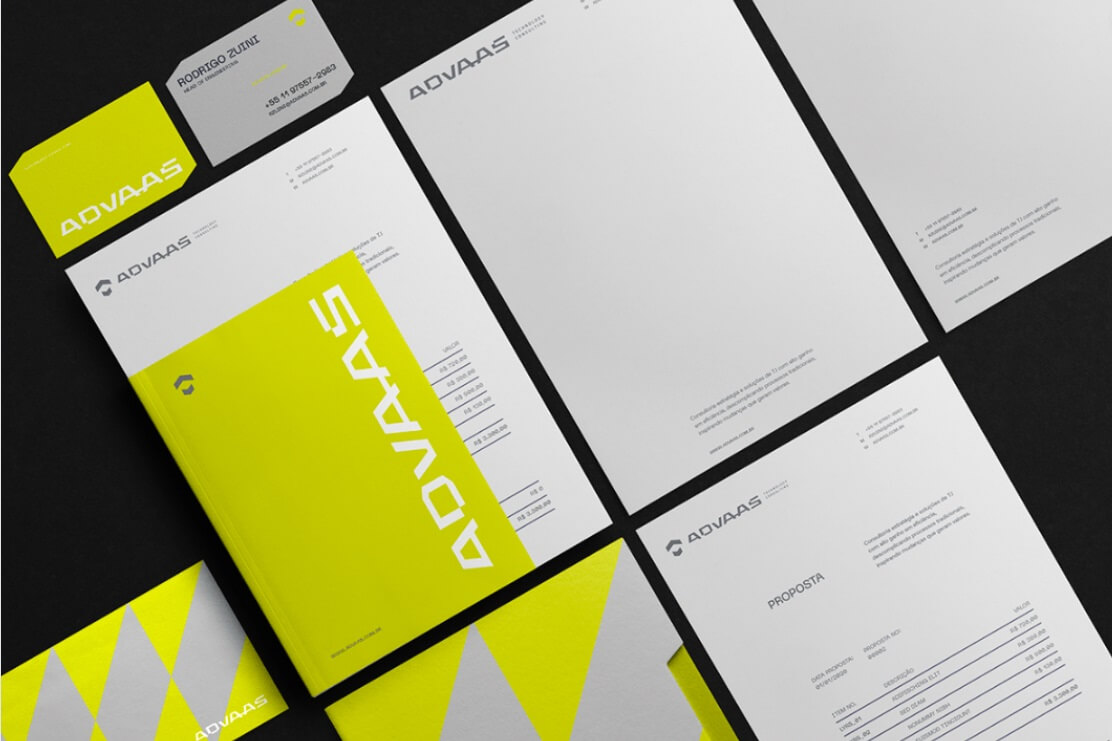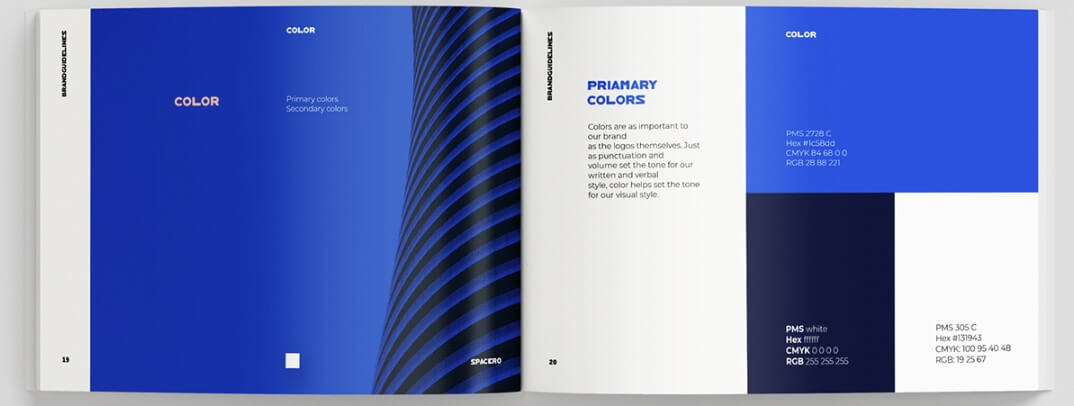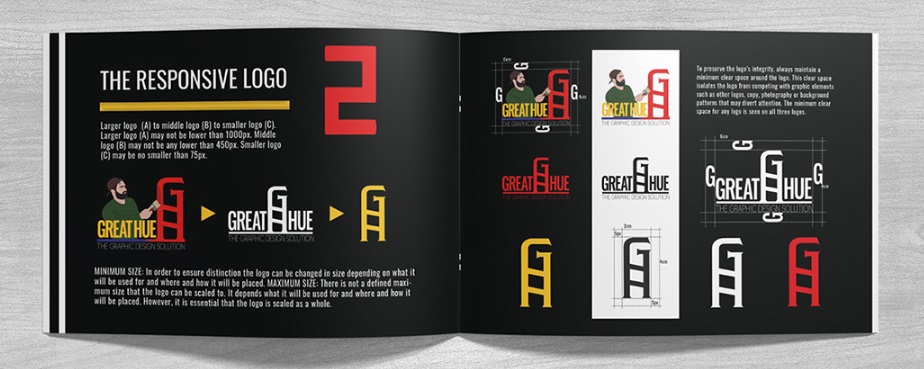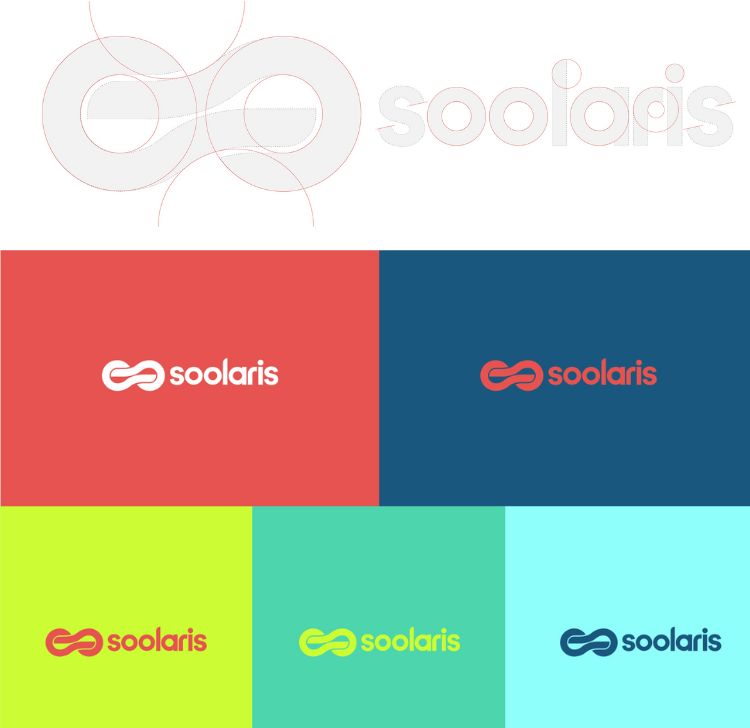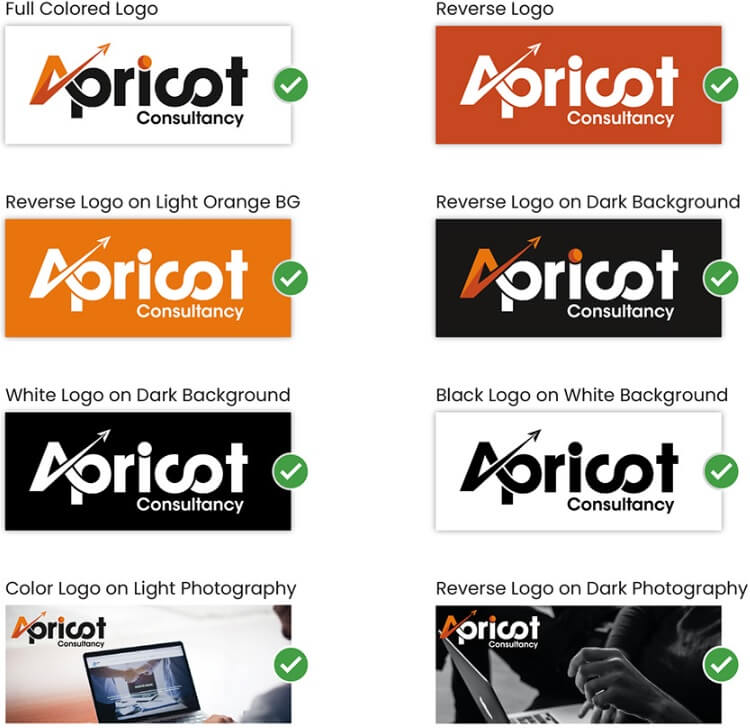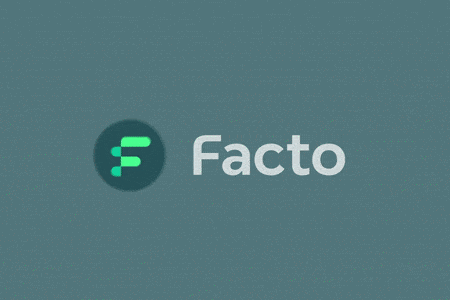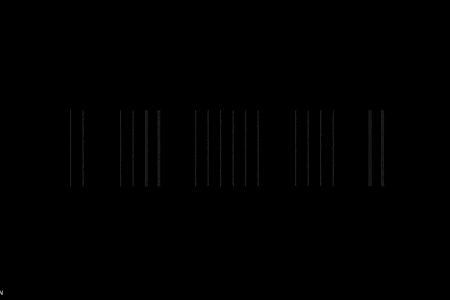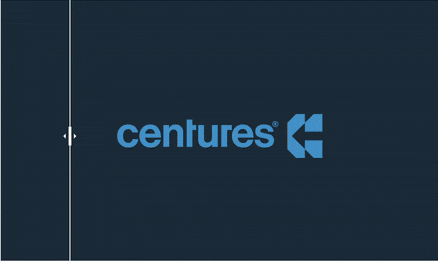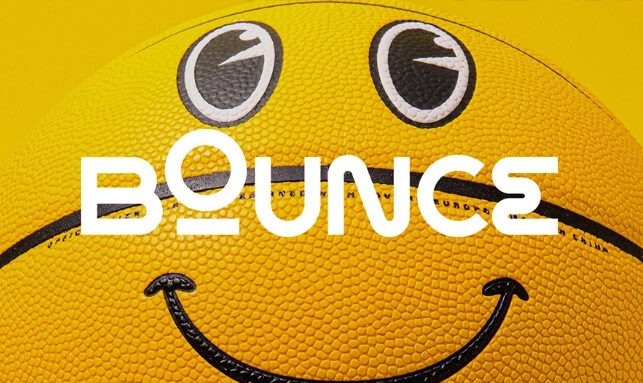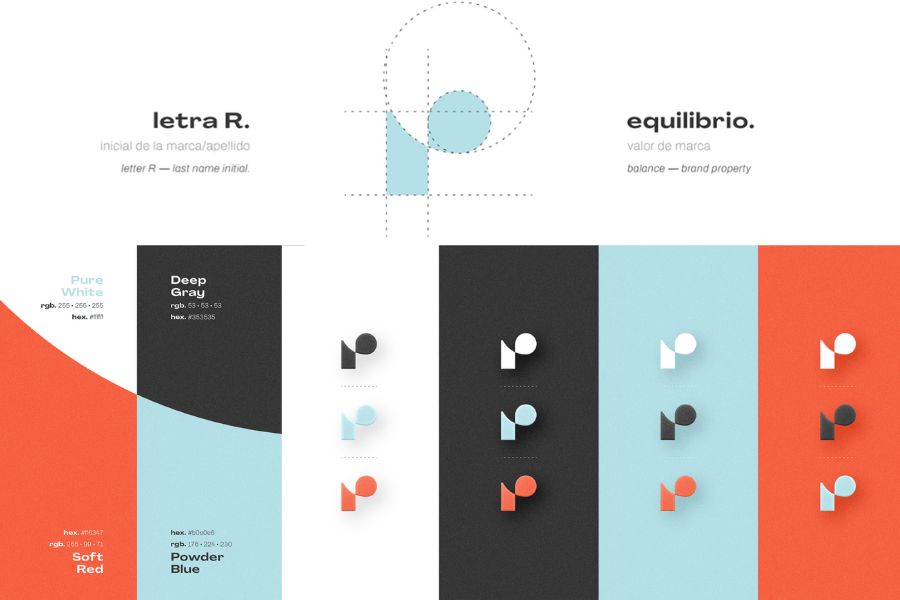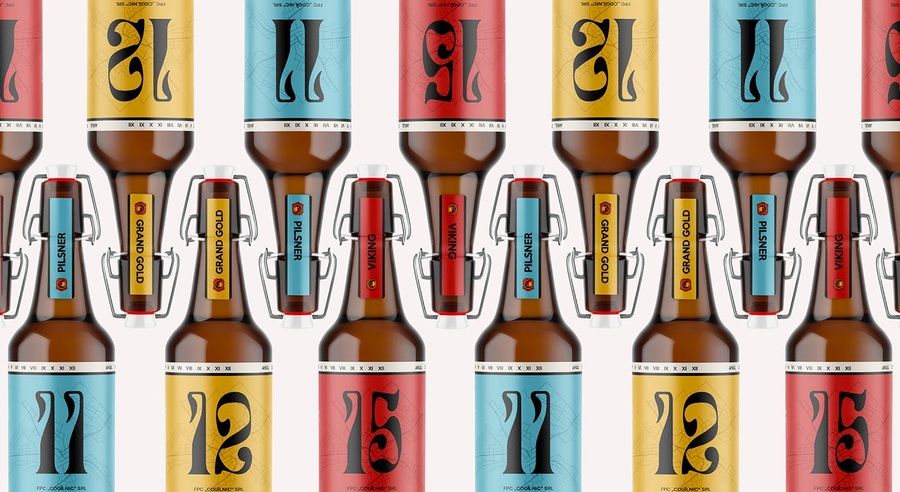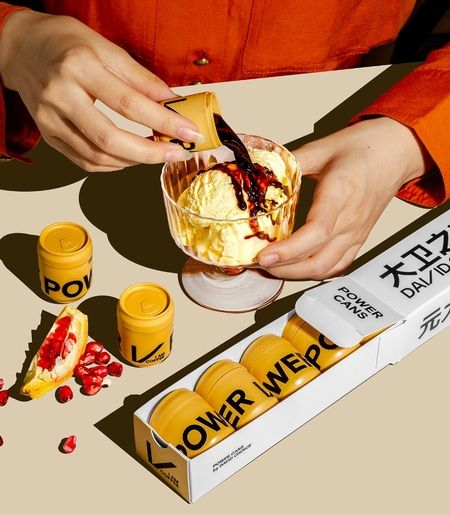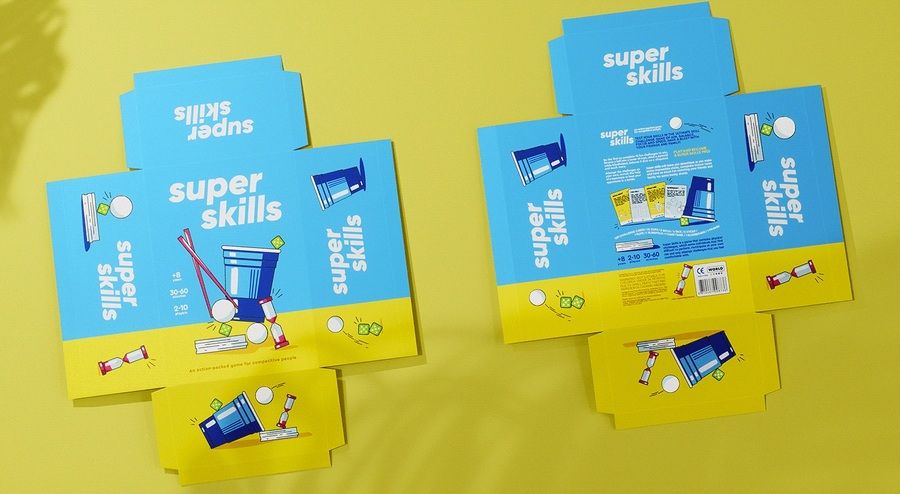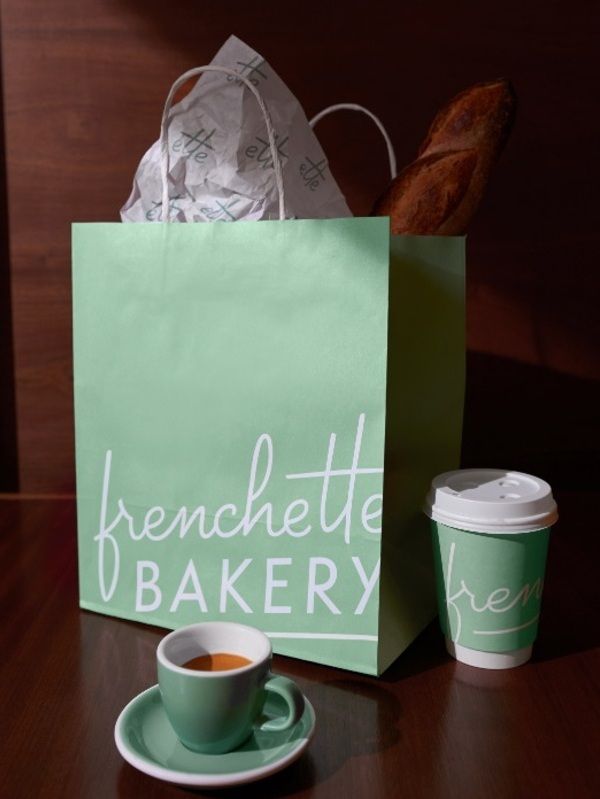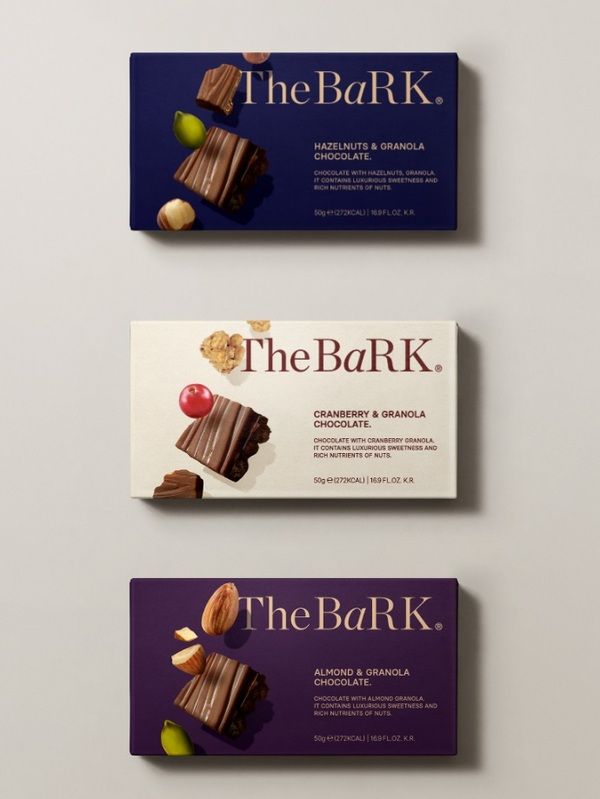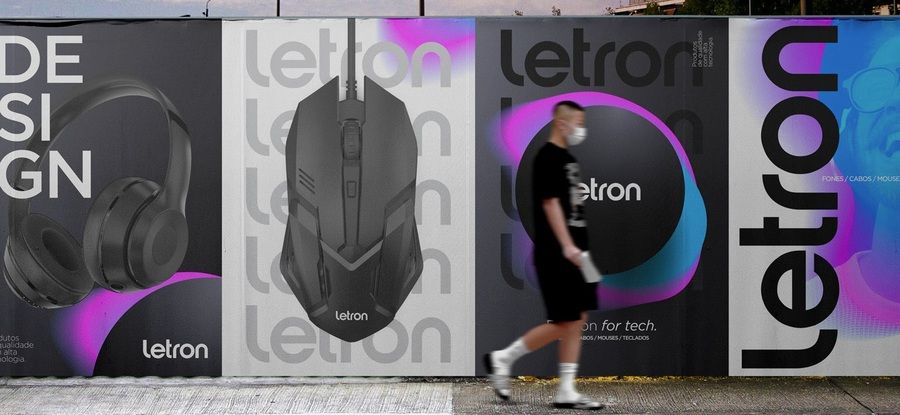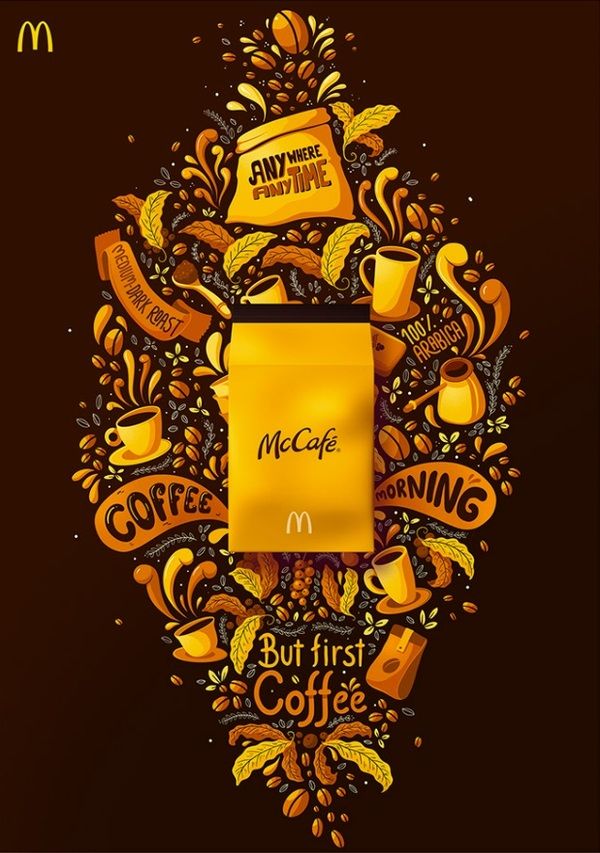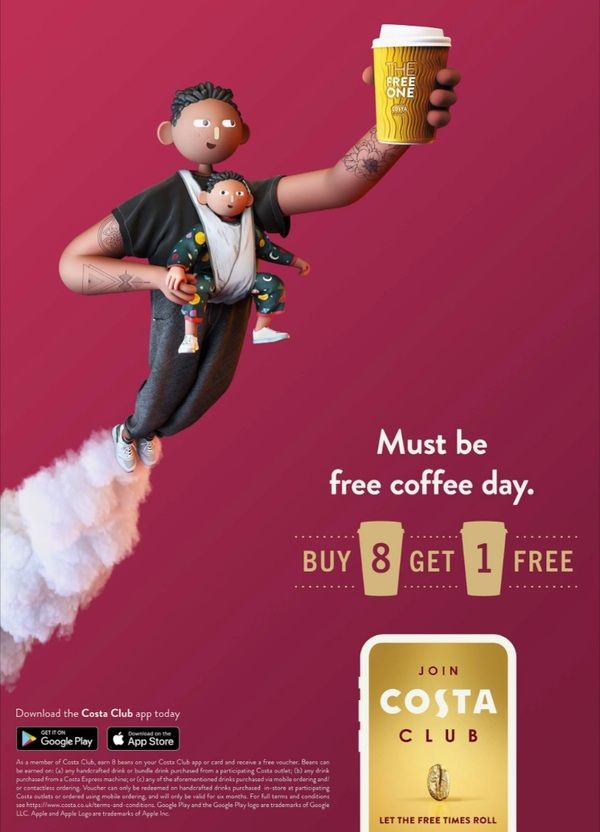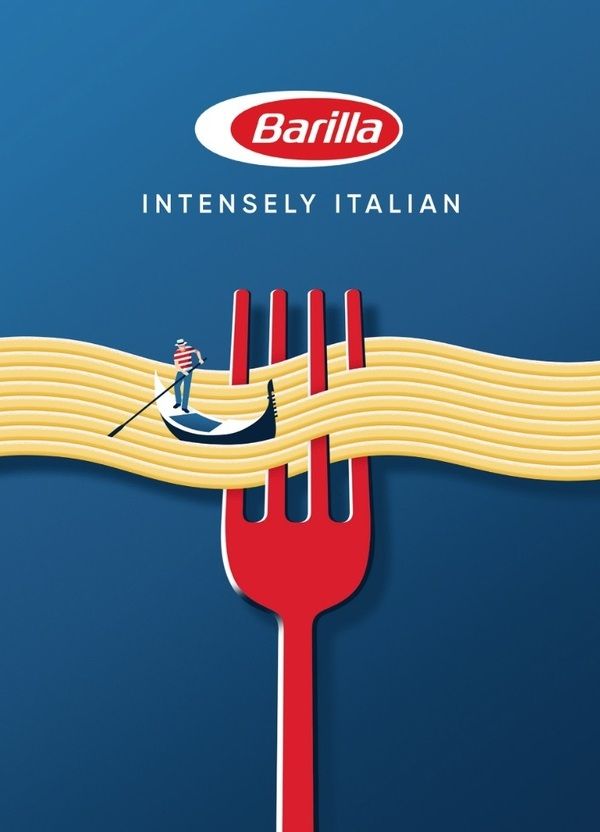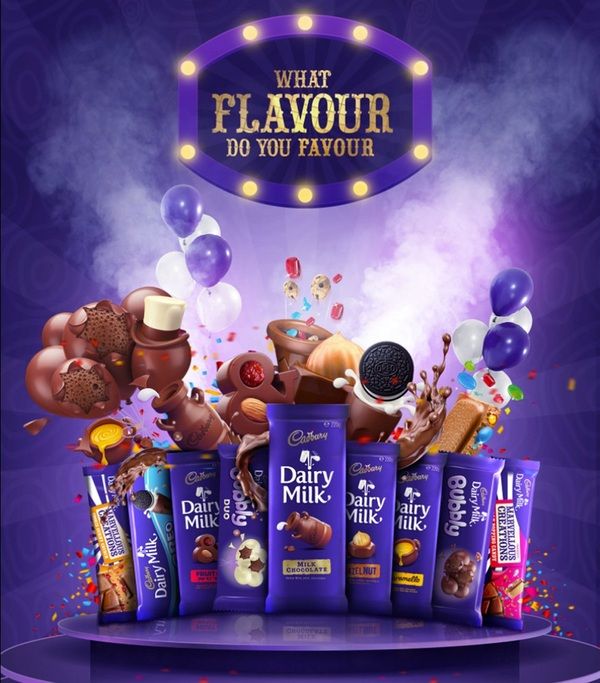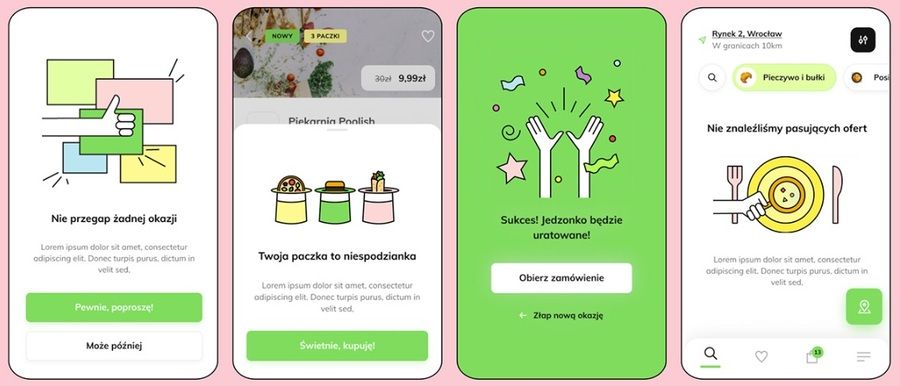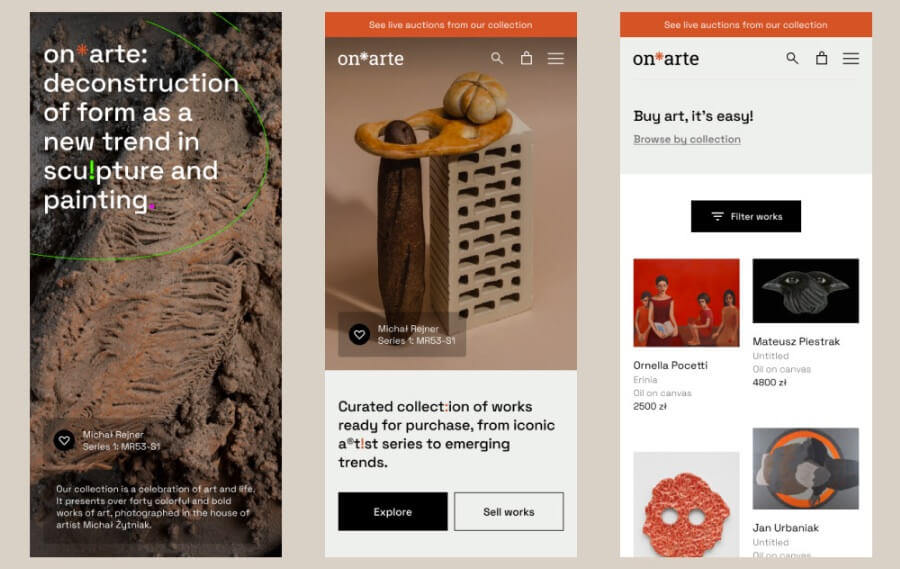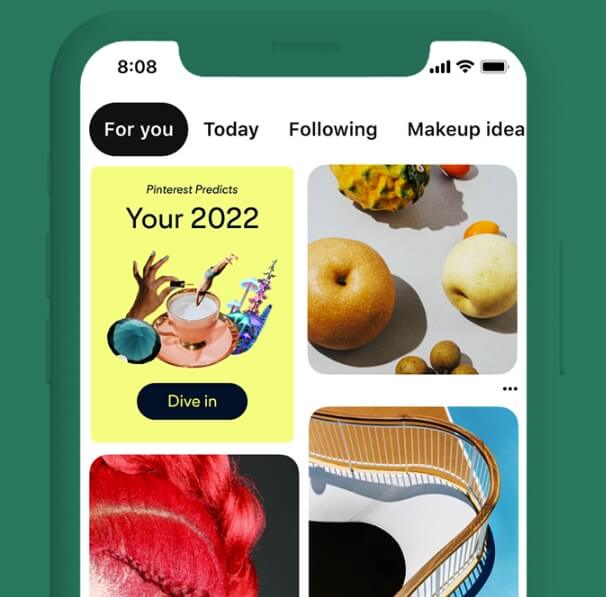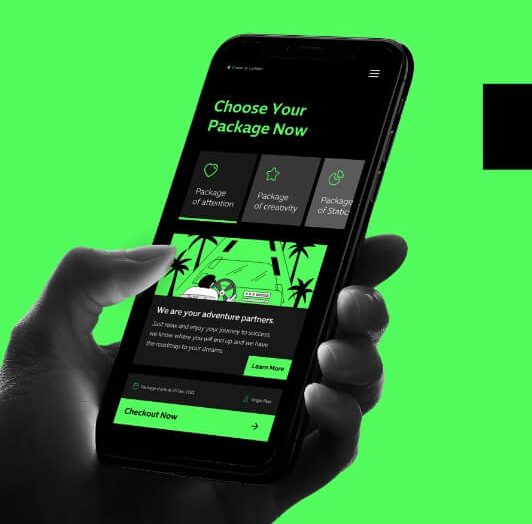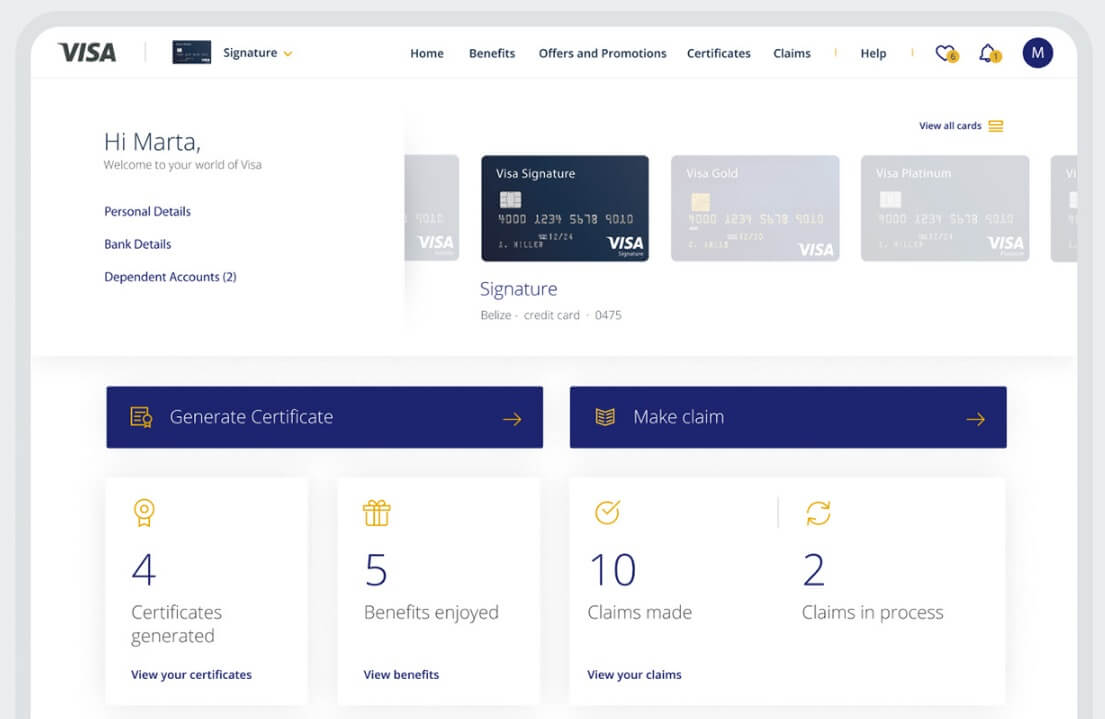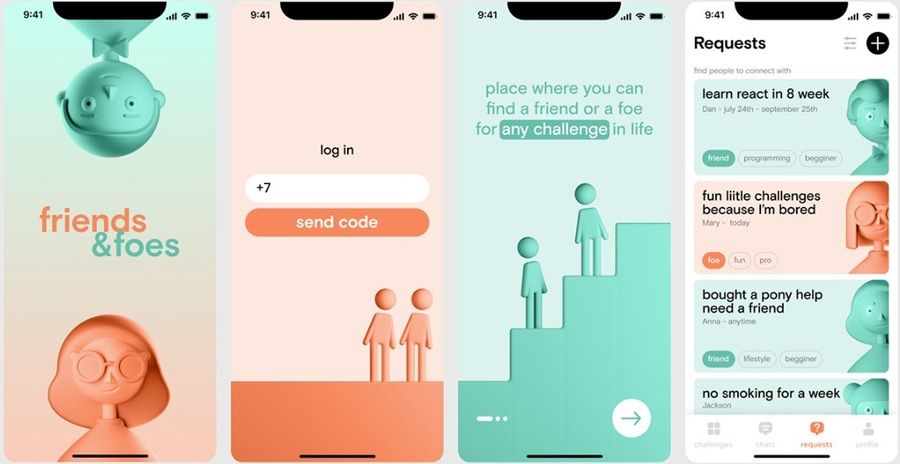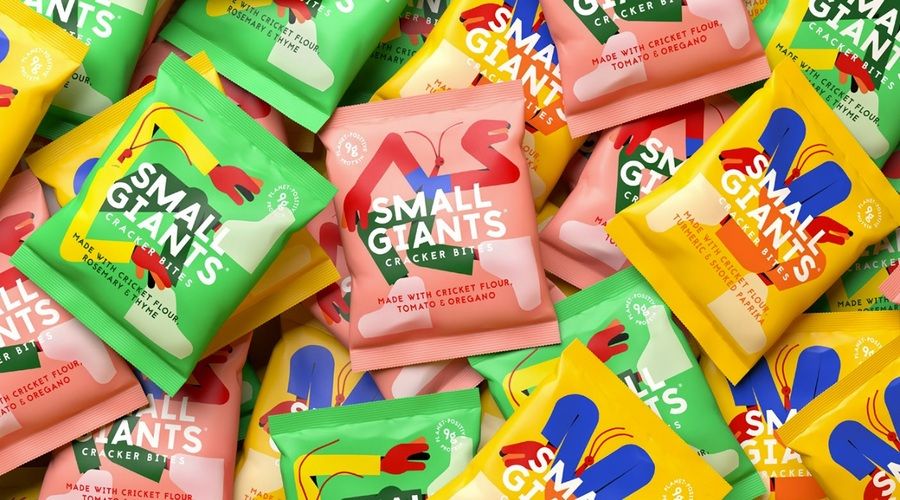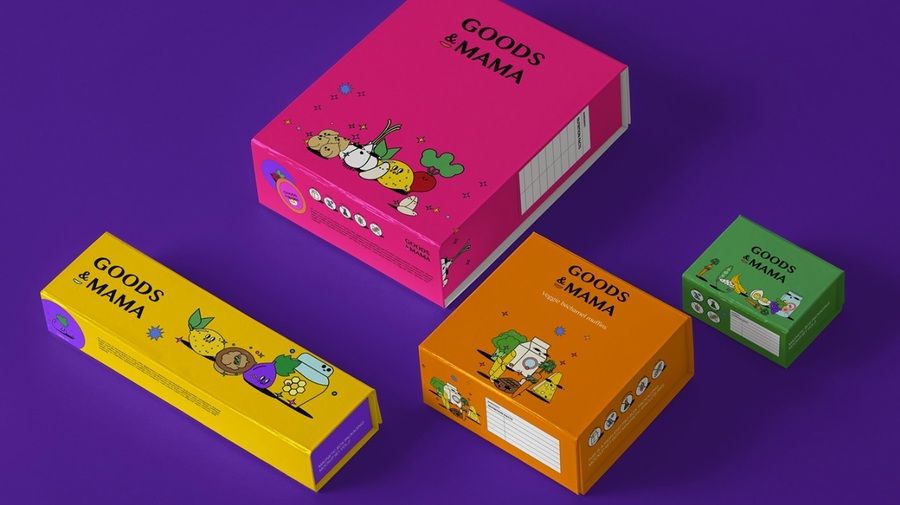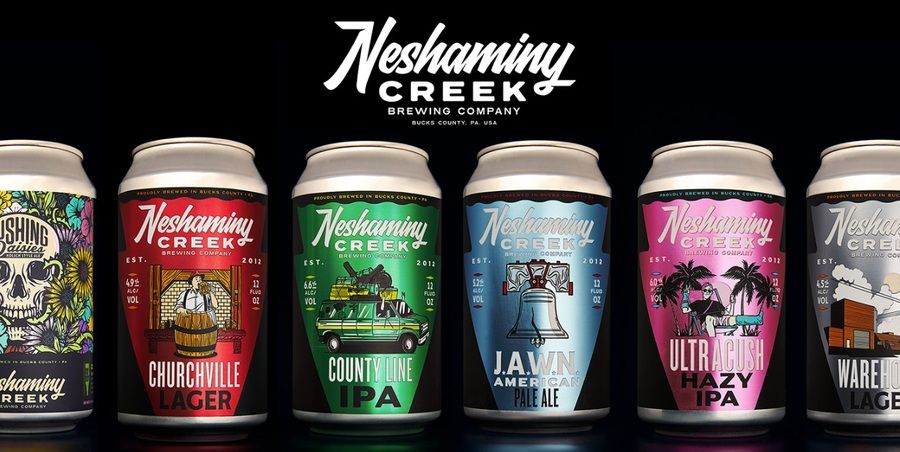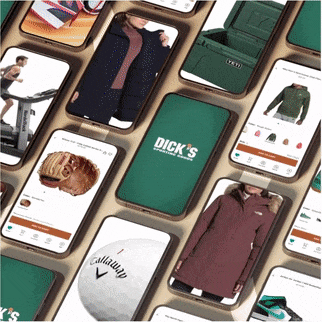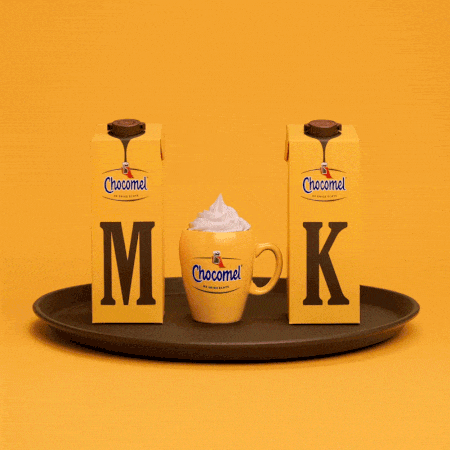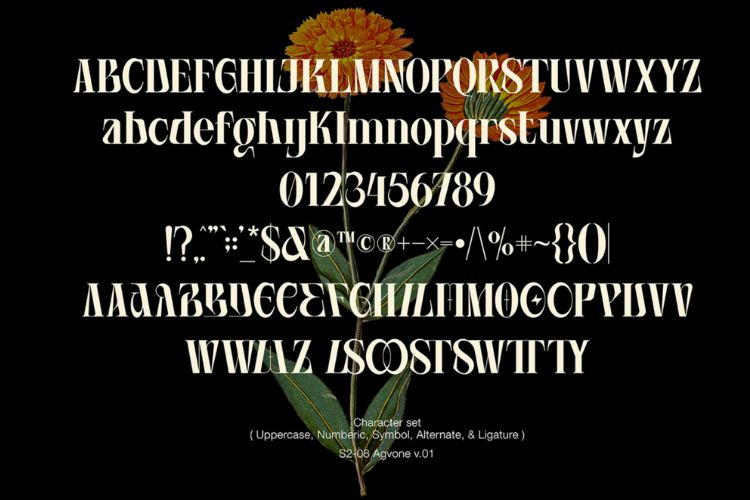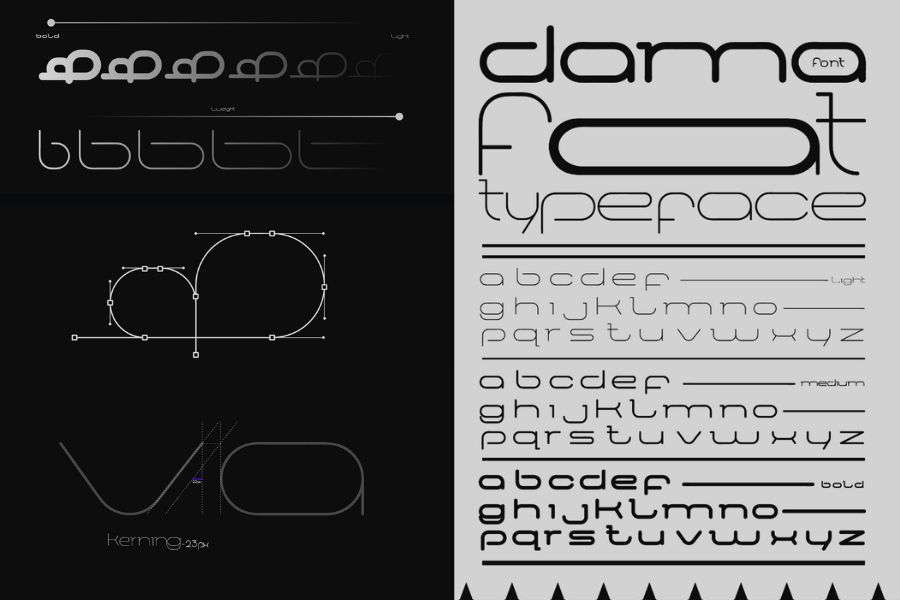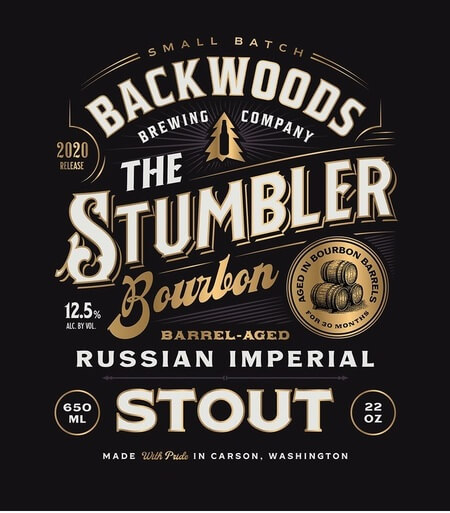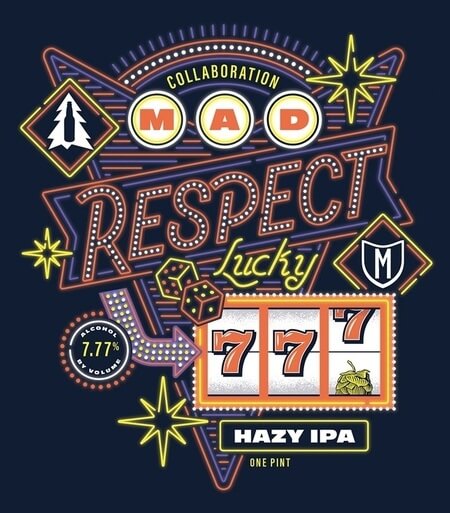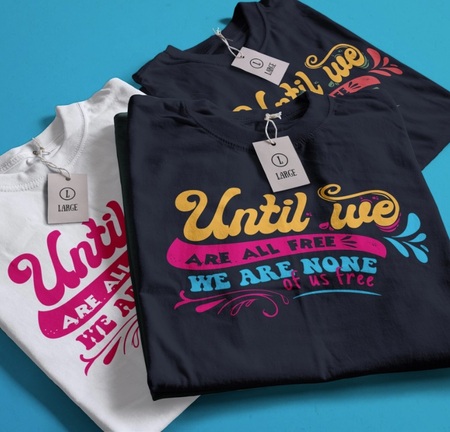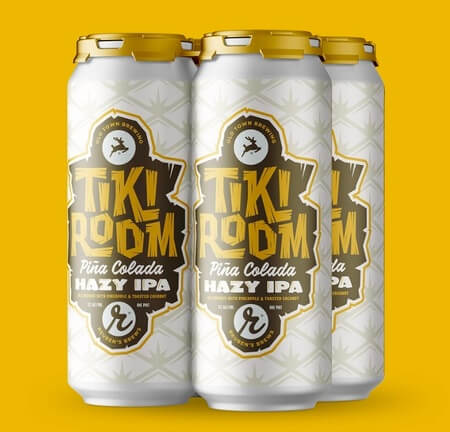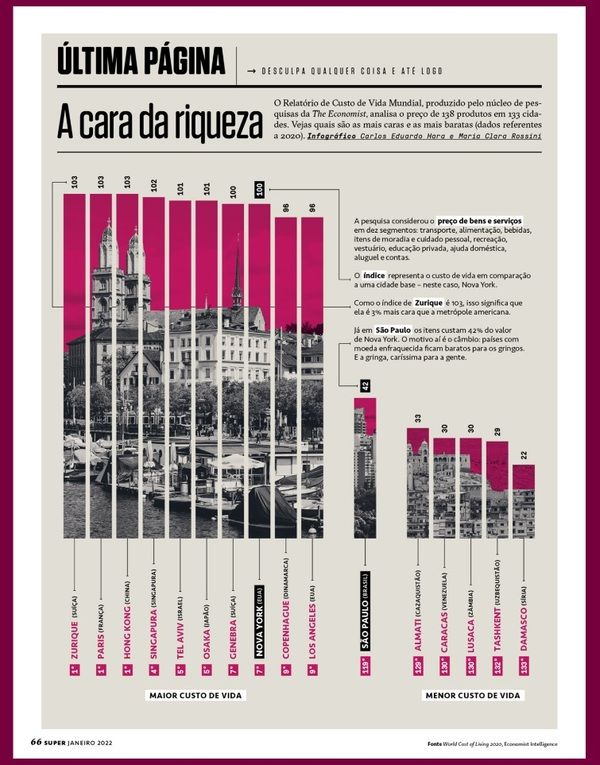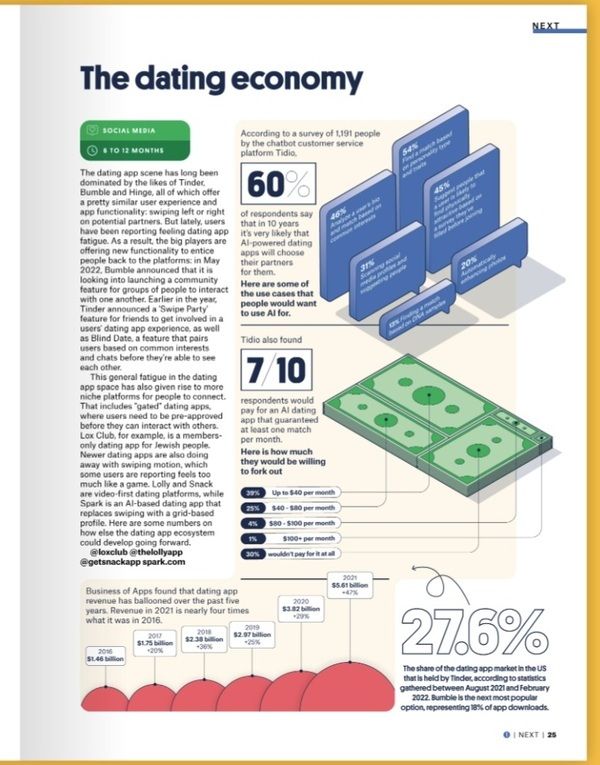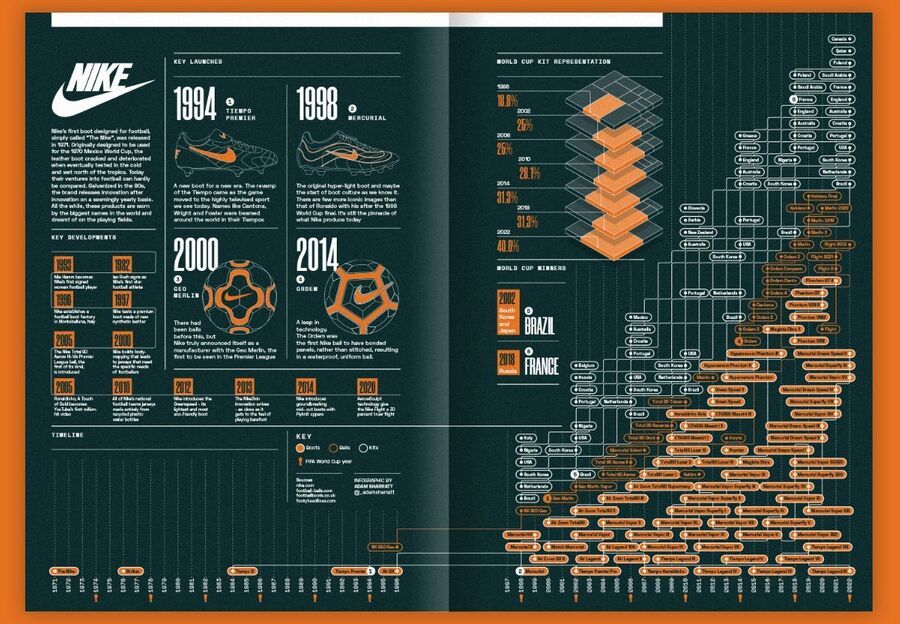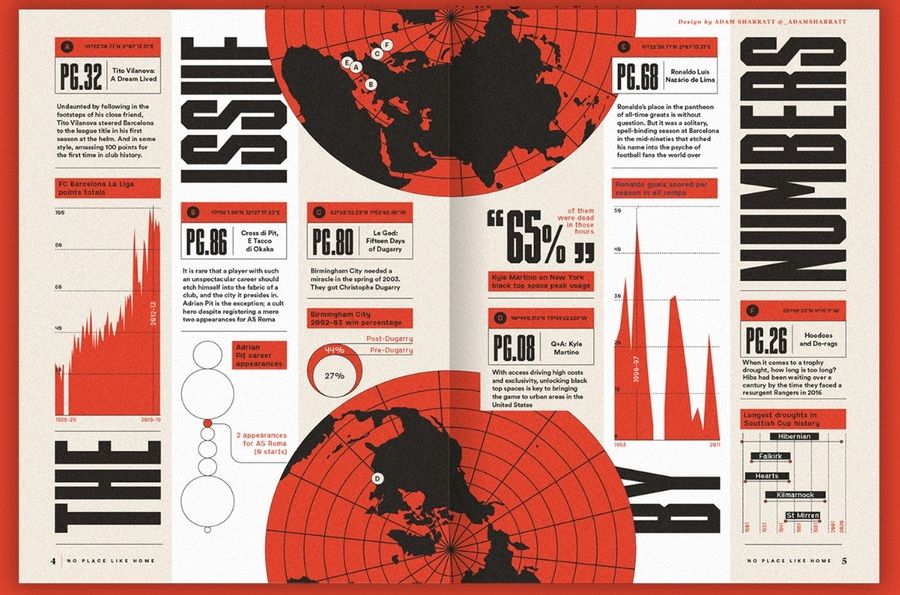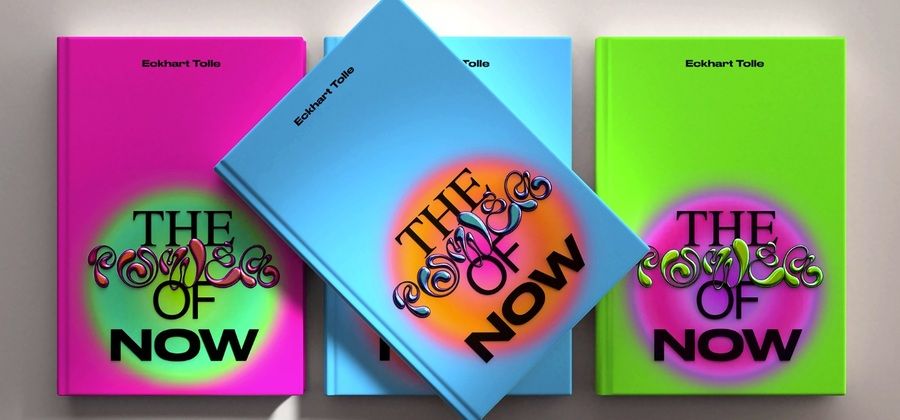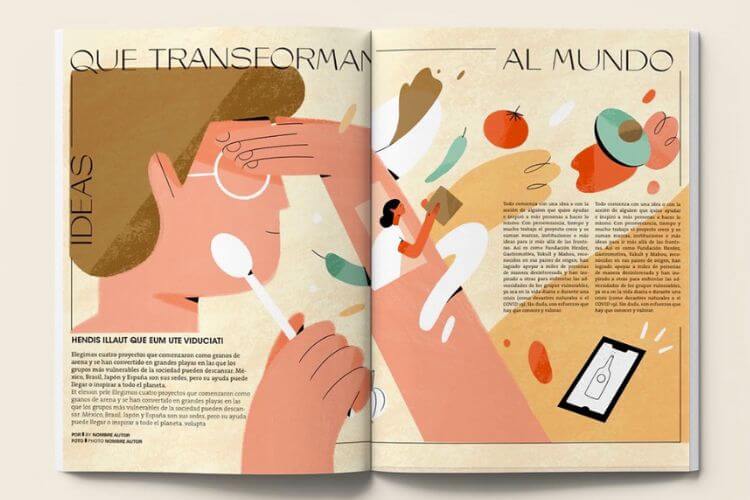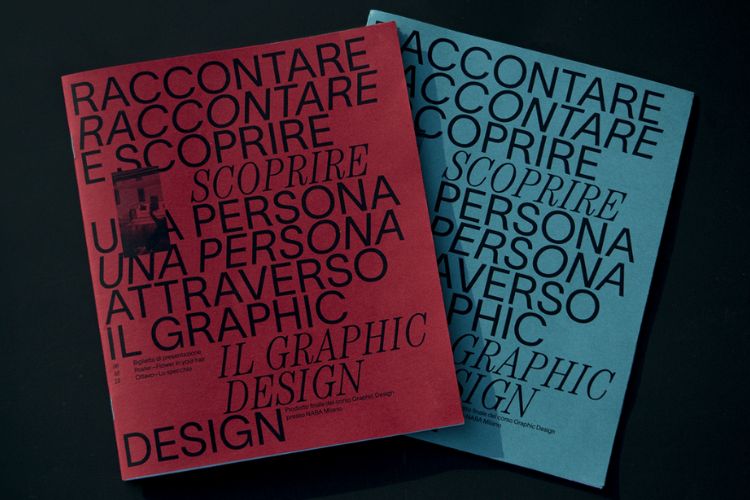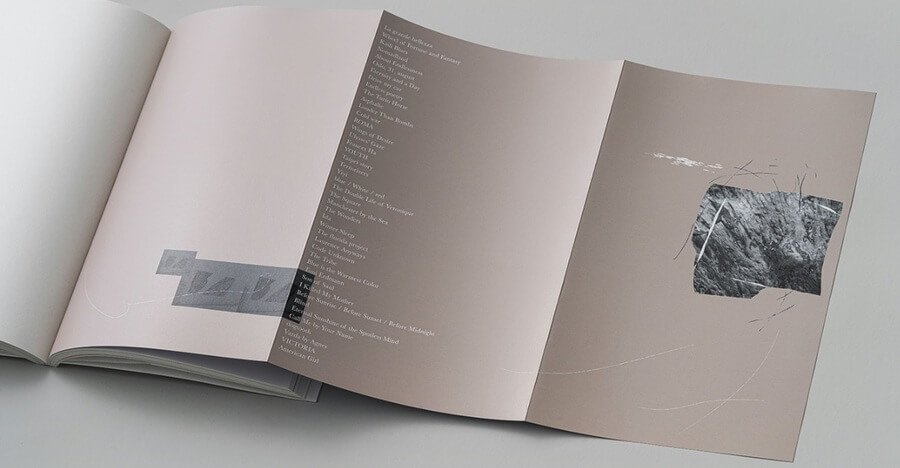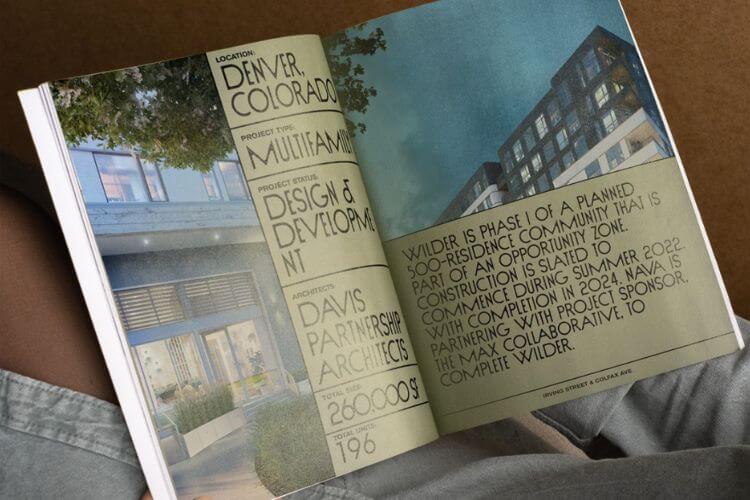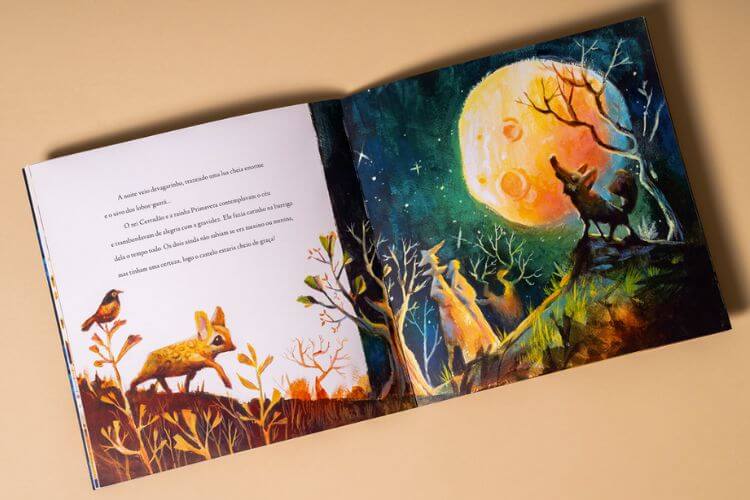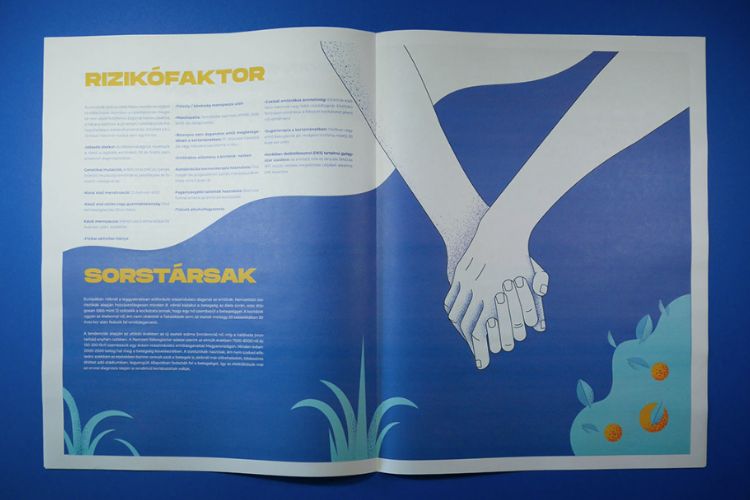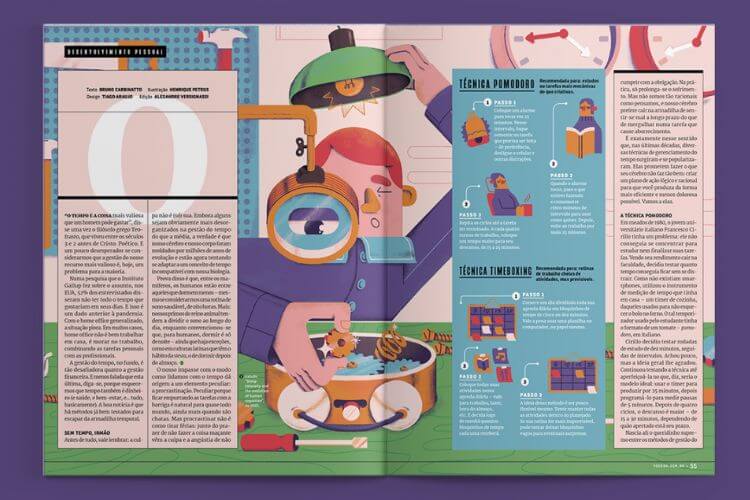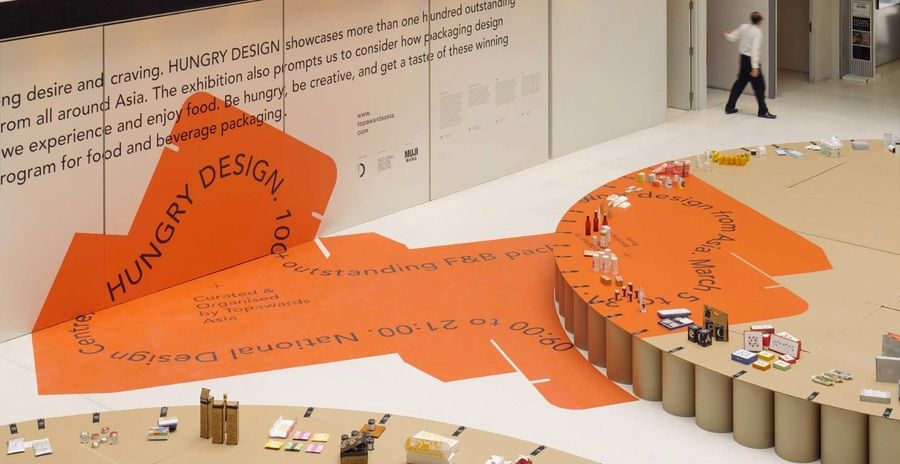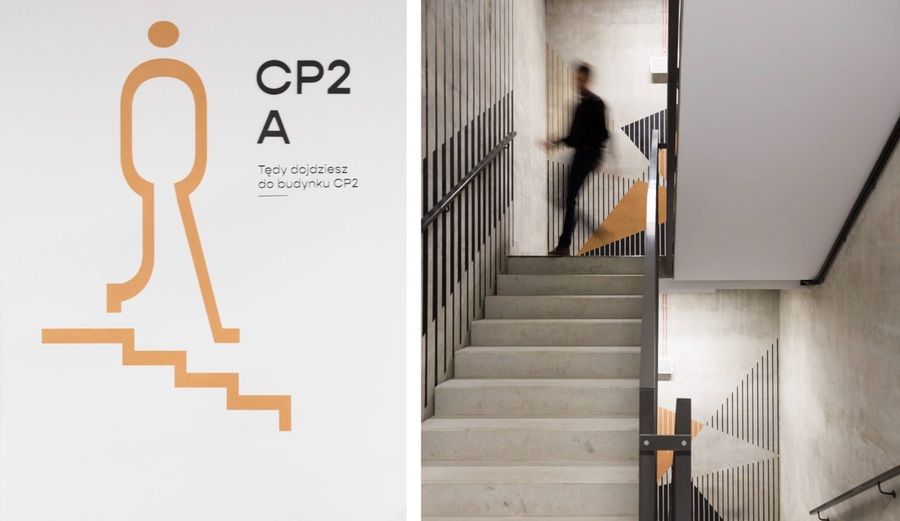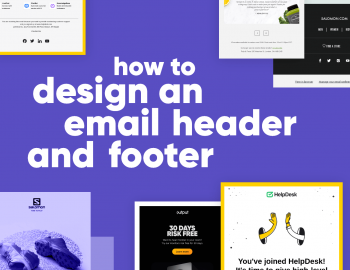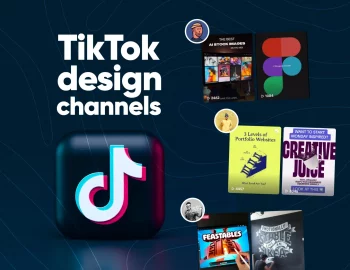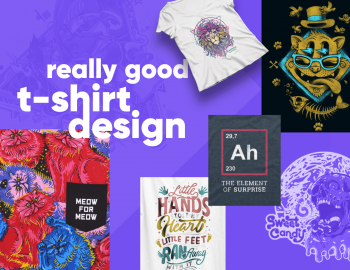Graphic design is a powerful way to communicate ideas and concepts. The right words, the right colors, the right imagery, and the right medium can really do wonders in making people take the desired action. In our fast-evolving world, there are different types of graphic design, and probably even more are about to emerge. But why do we need so many?
The wild use of technology and the internet expanded the opportunities for reaching people through many types of design. And while one person can do it all, you can really lose focus trying to make everything pitch-perfect. That’s why designers usually specialize in a specific field of design. Today, we’ll go through the main types of graphic design and explain the particularities of each. Ready to begin?
Brand Identity
Brand identity graphic design is the broadest and most influential graphic design type that is related to almost any other graphic design type that follows. Here is why.
In its essence, brand identity graphic design is responsible for creating the overall visual identity of a particular brand. Graphic designers who create a visual identity for a brand, decide on the color palette, typography, and imagery that communicate the brand tone and personality the best. They usually create various related assets and materials, as well, like a logo design, business cards design, stationery design, annual reports design, and more.
Example by DXD studio
Example by Vedran Vaskovic
Example by Mohamed Alkhodary
Example by Serge Tsitou
Example by David Silva
Visual identity graphic designers also create a brand book with guidelines that help other independent designers to keep the consistency of the visual identity when representing the brand across different media channels. They may have specialized in other types of graphic design like advertising, motion graphics, website design, packaging design, and more. The idea is that these independent designers will use these brand style guidelines as a reference to create a specific type of graphic design for this particular brand, so it keeps the same look and feel of the already established visual identity.
Example by Typefool
Example by LTC design
Example by Patrick Haggerty
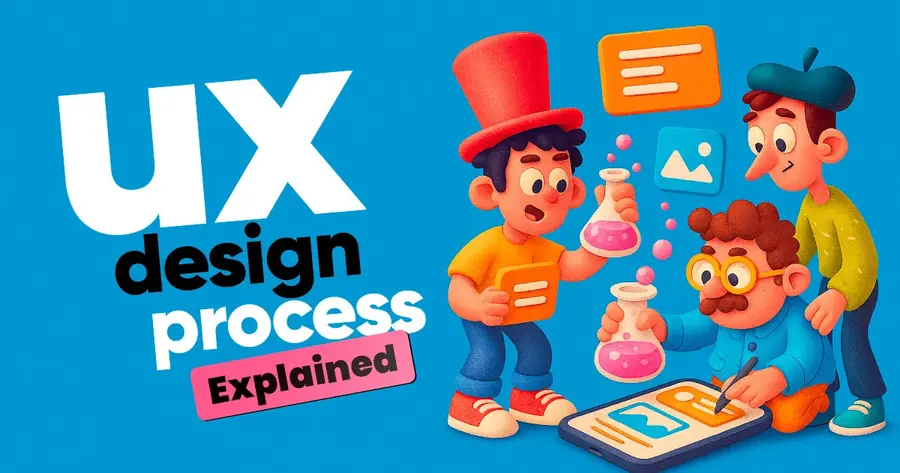
Logo design is an integral part of branding. Logo design is a unique and stylized image made of text, shapes, illustrations, or an artistic combination of these. Creating an effective and functional logo design is an extremely important task for graphic designers since it will represent the brand across all mediums. Once created, the logo design doesn’t change very often or very dramatically, since this may cause confusion and the need for new adaptation in people’s minds.
Example by Studio Vicente Granger
Example by Tayyab Ramzan
Example by multiple owners
Example by Guilherme Vissotto
Example by Dam® Studio
Example by Piotr Jakubowski
Example by César Roa
Want to browse even more brand identity examples?
Packaging Design
Packaging design is an incredible marketing tool that can sell you the product. This is the process of creating a customized, branded, and eye-pleasing look for the package or container that holds and protects the product, and also contains valuable information about it. Packaging design could be the label of a bottle, a can design, the box and container of a cosmetic product, a tea box, and so on.
Example by ecaterina arnaut
Example by Backbone Branding
Example by Reesaw Studio
Example by PG Brand Reforming
While packaging designers must obey the brand style guide to keep the consistency of the brand identity, they can still experiment to a certain extent in order to create a super catchy product appearance. Packaging designers must have a deep understanding of packaging materials, printing processes, rules, and capabilities.
Example by PG Brand Reforming
Example by PG Brand Reforming
Example by multiple owners
Example by hobin ki

Advertising Graphic Design
From dynamic, animated motion designs for television and the web to vehicle wrap designs, advertising is a type of graphic design with an incredibly large scope, meant to popularize a brand, a campaign, a cause, a product, and prompt a specific action.
Example by multiple owners
Designers who create advertisements, need to work closely with marketing teams, copywriters, illustrators, printing agencies, and even animation specialists, depending on the type of ad. Of course, these designers, like all, need to have knowledge of customer psychology and a deep understanding of what exactly appeals to the target audience – colors, imagery, message, etc.
Example by Beuren Studio
Example by multiple owners
The types of advertising design are so many, that designers usually specialize in a specific field of advertising design. Several examples of advertising design are digital banners for websites and social media, print ad banners for magazines and newspapers, postcards, billboards, brochures, and of course, digital animated ads that also fall into the motion graphics type of design.
Example by Cabeza Patata Studio
Example by Joey Guidone
Example by Abdallah Helmy
Example by SH Graphix Y
UI Design for Website & Mobile Apps
The wild use of mobile devices and computers in the modern day created a whole new type of graphic design devoted to creating user-friendly interfaces that make interaction with a digital device easy and enjoyable. Designers who specialize in UI design for websites, mobile interfaces, software interfaces, mobile applications, etc, create a large-scope type of graphic design responsible for everything needed to create a functional and aesthetic digital experience.
From creating the design of buttons, icons, windows, menus to more complex designs like video game interfaces, UI graphic designers need to work closely with developers, and understand the capabilities and limitations of modern technology. UI design is closely related to motion graphics, as well.
Example by Podpunkt )
Example by MUG
Example by ILLO Studio
Example by Yara Omar
Example by Erretres

Illustrations for Graphic Design
Graphic design is a powerful way to communicate ideas, and the most effective way to do it is through visual concepts, backed up with strong messages. This is where graphic illustrations and art come in. Illustrations for graphic design come into use in almost all creative fields. Think interfaces, websites, packaging, advertising, and even data visualization – illustrations are everywhere to help convey concepts, ideas, and emotions, and even create virtual realities (3d websites, game interface design, etc).
Example by multiple owners
Example by multiple owners
Example by Fernando Molina
Example by Sarah Mossallam
Example by multiple owners
Motion Graphics Design
From a simple GIF image and a hover button animation to a complex video ad, motion graphic design covers all kinds of design that is animated. Motion graphic has been rising in popularity with incredible speed in the latest decade. Since animation engages the user times more, and makes the content even more comprehensible, motion graphic designers have been presenting more and more animated ads, animated tutorials, interaction animations on web pages and mobile apps, and even animated infographics.
Example by Alexander Sharov
Example by multiple owners
Example by Studio Mals
Example by HA&D Seoul
Example by multiple owners
Typeface design and Typography design
Although they sound similar, typeface design and typography design mean different processes. Typeface design is the process of creating and designing new typefaces. Typeface designers need to have a deep understanding of the science of lettering.
Example by Uncarving Nation
Example by Uncarving Nation
Example by Mahmoud Magdy
On the other hand, typography design means working with already-made typefaces and fonts with the purpose to create an eye-pleasing and aesthetic arrangement of written words. Typography design is used and applied across many other creative fields of graphic design.
Example by Jordan Wilson
Example by Jordan Wilson
Example by Ardian | Logo
Example by Jordan Wilson
Data visualization design
Speaking of infographics, the art of visualizing data is also a type of design that requires a keen understanding of how to present data in the most comprehensible way. The job of data visualization designers is not easy, at all. Not only do they have to know how to process a large amount of data but also to “translate” it into an engaging, enjoyable, and easily understandable way for the mass audience.
Example by Carlos Eduardo Hara
Example by Adam Sharratt
Example by Adam Sharratt
Example by Adam Sharratt

Editorial design
Editorial design is a long-history type of graphic design, traditionally presented on print medium but currently – equally distributed between print and digital publishing channels. The editorial design includes all kinds of long-form publications like books, newspapers, magazines, lookbooks, catalogs, and so on.
Example by YUNGBLD studio
Example by Emilia Schettino
Example by Noah Holcomb
Example by Federico Agnelli
Example by multiple owners
Designers who specialize in editorial design, are occupied with creating the covers and layouts of the product, including the eye-pleasing arrangement of graphics and text in order to create an easy-to-read publication. Of course, editorial designers must have knowledge of typography design, color management, and print processes.
Example by Connie Huang
Example by DOMINGO. ™
Example by multiple owners
Example by multiple owners
Example by multiple owners
Environmental design
Environmental design is a type of design you encounter every day. From navigational signage and arrows inside communal spaces, airports, hospitals, libraries, museums, etc. to complex environmental design like stadium branding or even the branded walls of your office space. Environmental design is tightly related to architecture and interior design. However, environmental design can be easily changed and adapted according to the necessary circumstances, e.g. designing a building space for a specific conference event.
Example by Studio Roots
Example by Katya Yumasheva
Example by Craig Karl
Example by Studio Blisko
To wrap it up,
Behind every complex or simple design, stand plenty of people, each of whom contributed to this design to become a reality. There are type designers who created the lettering, there are illustrators, photographers, and even art directors responsible for creating catchy imagery, there are copywriters and marketing specialists who made a compelling message, there are designers who put everything together into an easily understandable and aesthetically pleasing composition, and even more – there are animators and motion graphic designers who in the end, breathed life into the static design.
While one person can hardly do it all, the diversity of types of graphic design allows you to specialize and excel in a single creative field. However, the need of understanding other types of design and related processes still remains. After all, each great outcome requires specialists from different fields to work tightly together.
No matter if you are just starting a career in graphic design and wondering which way to head, or looking to switch creative fields, we hope this post shed some light for you on the subject of different types of design. Both ways, you will probably find it extremely helpful to check an article or two on our blog, since we post great freebies and insights especially for graphic designers.


